Whether in the garden, in the garden, a red berry grew: how to plant cranberries on the site and take care of it
The benefits of forest berries are not in doubt, but few know that growing cranberries is possible in their summer cottage. The garden variety of culture is represented by many varieties: Dar of Kostroma, Khotavetskaya, Alaya Zapovednaya, Bergman, Franklin, Crowley, Pilgrim, Krasa Severa - that's just a small part of them. Large-fruited are especially popular among them, the diameter of the berries in which reaches 2-2.5 cm.
Requirements for growing conditions
In a cranberry garden, it is better to select a sunny or slightly shaded area with moist soil that is reliably protected from the wind. The shores of any body of water are ideal for her: a stream, a lake, a pond. Here, plants will thrive even under trees as long as they do not form a thick shade. The close proximity of groundwater to cranberries will not harm, it is even preferable for the culture. For her garden varieties, the optimal distance to them is 45 cm. It is better to plant bog varieties of crops when groundwater is found even closer - 35 from the surface of the site.
The soil in the beds should be acidic (with a pH of 3.5-4.5). Planting plants in peat soil or forest land containing sphagnum will be successful. To create the most comfortable conditions for cranberries, you will have to take care of preparing the beds in advance. Having removed the top layer of earth (20-30 cm), the resulting trench is filled to the top with an acidic substrate. You can take pure horse peat or mix it with other ingredients:
- sand;
- sawdust of coniferous trees;
- forest litter collected from the pine forest and compost.
Sour peat should account for at least 50-60% of the volume of the substrate.
There is another option for preparing the soil for cranberries. In a ratio of 1: 1: 1: 1: 2 mix:
- forest humus;
- forest land;
- sand;
- rotted needles;
- peat.
Advice
Whatever the composition of the substrate, it must be enriched with mineral fertilizers. To do this, add superphosphate to the soil mixture at the rate of 2 handfuls per 1 m² of the garden.
If the soil in the garden is sandy, a thick cellophane film is laid on the bottom of the pit. In areas with dense clay soil, the depth of the trenches is increased by 5 cm, filling this space with a drainage layer. It will be easier to care for the plantings if the sides are immediately installed around the perimeter of the garden. They are made from boards, slate, plastic. They should go 20 cm deep, and rise above the soil surface - 30 cm.The sides will keep water in the garden and prevent soil erosion during watering.
Sapling selection
Garden cranberries are propagated by seeds and cuttings. But the fastest way to grow a crop on the site is to buy ready-made seedlings in a specialized nursery. Their root system can be open or closed.
Plants in nurseries are divided into several groups depending on their age. You can purchase:
- 7-9 months old;
- 1–1.5 year olds;
- 2–2.5 year old seedlings.
Young bushes grow in cassettes, while older ones grow in small pots. The age of a seedling affects its value: the older the plant, the more expensive it is. But it will take longer to wait for the harvest from young bushes.
Landing rules
Cranberries need spring planting. They see her off early. If the land on the site has warmed up by 8-10 cm, it's time to start placing plants on the beds prepared in the fall. Usually they are made wide (1-1.5 m) and long (3-4 m). This will make it easier to care for your plants and harvest.
Planting is carried out in the holes, which are first well spilled with warm water. They are made at intervals of 10-15 cm. The row spacing should be 20 cm.It is recommended to plant cranberries often, so its shoots will grow faster, completely covering the soil and closing. You don't need to make deep holes, 10 cm is enough.
2 plants are planted in the hole. Their optimal height is 15-20 cm. Placing the bushes in a hole and slightly deepening them, they are covered with soil. It should not be sealed. On the part of the shoot that is underground, new roots will actively form, for the development of which air is needed.
Care for the cranberries immediately after planting. The substrate in the beds should be constantly moist, but not too damp. His condition is closely monitored until young shoots appear on the bushes. Usually, the rooting process takes 3 weeks. During it, plantings are watered every day. With the appearance of new shoots, the frequency of watering is reduced to 1-2 times a week.
The first berries on cranberry bushes will ripen in the third year, and in the next planting season they will bring a full harvest. With proper care, summer residents from 1 m² of beds collect from 0.5 kg to 0.5 buckets of fruit. In one place, a culture can be grown for 20-30 years.
Frequency of watering and feeding
Even inexperienced summer residents can cope with the cultivation of garden cranberries. Caring for her does not take a lot of energy. In early spring, when its bushes turn green, they are thinned out, removing dry, weak and diseased shoots. In order for the plants to please with a generous harvest, they need to be fed at the beginning of the season. A complete mineral fertilizer is suitable for this. An overabundance of nutrients in the soil will affect cranberries worse than a lack of them. Therefore, the concentration of the fertilizer should be made weaker than the one recommended by its manufacturer.
Cranberry seedlings are fed for the first time when 3 weeks have passed from the moment they are placed on the beds. Plants respond well to the drug "Universal". Apply it at the rate of ½ st. l per 1 m² of soil. Until the end of July, feeding is carried out often - once every 2 weeks.
Then the fertilizer is changed to "Autumn", reducing its dosage to ⅓ st. l. They feed the cranberries twice: in mid-August and mid-October. Care for 2 and 3-year-old bushes is carried out according to the same scheme. When the berry grower is 4 years old, the amount of dressings is reduced to 6 times per season, and the fertilizer dosage is reduced to ⅓ st. l.
The soil under the cranberries should not dry out. This is closely monitored, as necessary, carrying out care in the form of watering. From May to June, the beds with mature plants are infrequently and moderately moisturized. Excess water at this time will have a bad effect on the quality of the crop. On hot days, cooling watering is important for cranberries. If dry weather is established for a long time, it is carried out daily. Regular moisture in August-October is the key to high cranberry yields.
Little tricks
The soil under the bushes is periodically loosened. It is important that the beds are weed-free. Cranberry is a creeping plant. In the thickets, its shoots are easily entangled, and their development stops. Young berry trees are weeded regularly. If 3 years have passed since planting, mulching is included in the care of the plants. It is carried out every 3-4 years, filling the soil under the bushes with a 1.5-2-centimeter layer of peat chips or coarse sand.
To make the cranberries better pollinated, honey crops are planted next to it:
- savory;
- oregano;
- clover;
- phacelia;
- sainfoin.
When the plants are 3-4 years old, water for irrigation is acidified with vinegar or citric acid. The slow growth of the bushes indicates that they lack nutrients. In this case, they are periodically watered with a weak solution of fertilizers. Plant care is complemented by disease and pest control. Plants are sprayed with fungicides if necessary or as a preventive measure. So that the overgrown shoots do not go beyond the garden bed, they are pinned with a stick.
Reproduction methods
Growing cranberry bushes from seeds is a laborious process, the result of which does not always satisfy the gardener. Seedlings do not retain the qualities of the mother bush.Therefore, the generative method of culture propagation is used mainly by breeders. Varietal seedlings are obtained from cuttings.
They are cut during the active growth of shoots. The length of the cutting should be at least 10 cm. They can be planted in a pot filled with a mixture of high peat, sand and rotted pine needles, or on a garden bed, leaving 7 cm of free space between future bushes. This will make the cranberry branches close faster.
The cuttings are placed in the substrate, deepening them by 2-3 cm. Slightly compacting the soil, abundant watering is carried out. Then the bed or planting container is covered with a film. The moisture required by the cuttings will remain under it. It will take about 3 weeks for them to root.
Until the cuttings release side shoots, the condition of the soil is carefully controlled. If necessary, the garden bed can be watered up to 2 times a day. Cuttings will need shelter from the scorching sun. You can shade them with any fabric.
Pruning and preparing for winter
Cranberry bushes need shaping. Their crown can be made compact or spreading - it all depends on the preferences of the gardener. Pruning is carried out in May. The crown shape is still laid on young (1-3-year-old) bushes, in the future it is only supported.
To get tall and slender plants, get rid of thin creeping shoots with low winter hardiness. With this pruning, vertical branches will begin to actively develop. If the crown is spreading, it will be more difficult to harvest. They form it by stimulating the growth of horizontal shoots.
Harvested in autumn: in September-October. By this time, the berries of garden cranberries do not have time to catch up, but this is not scary. They will reach full maturity while they are stored.
Although cranberries are highly frost-resistant, it is better to prepare them for winter. Dangerous for the plant is not so much severe cold as the absence of snow, diseases, pests and spring frosts. When the thermometer is set at -5 ° C, the plantings are flooded with water, allowing them to freeze completely. The procedure is repeated several times until the thickness of the ice layer is 2 cm. In regions with milder winters, on the eve of cold weather, the berry is covered with spruce branches or special material.
Another way of protecting garden cranberries from frost is also practiced. It is suitable for areas with little snowy winters. Watering the beds abundantly in late autumn, they are covered with loose peat. Lay it out so that the layer of the substance is not too dense. With the arrival of spring, peat is not harvested. It will not interfere with the growth of berry bushes and at the same time provide them with additional nutrition.
Everyone can grow tasty and healthy cranberries in the garden. It is not easy to create a microclimate suitable for her bushes, but the generous harvest that they will bring for decades will pay back the effort many times over. The high decorativeness of plants allows them to be used in landscape design. Even cranberries that have not entered the fruiting period will delight the owners by forming spectacular evergreen thickets on the site.
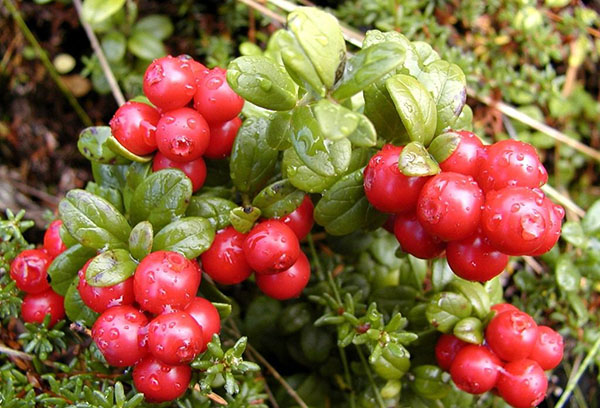

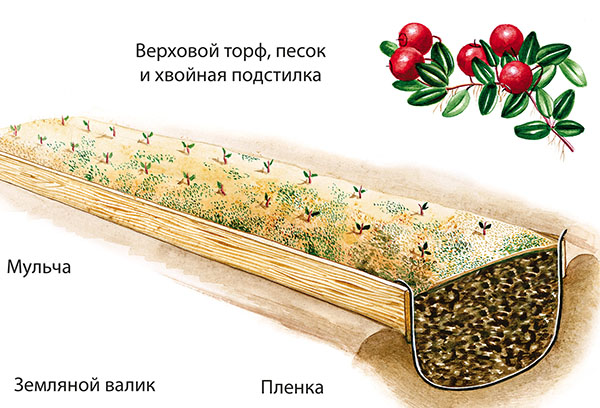

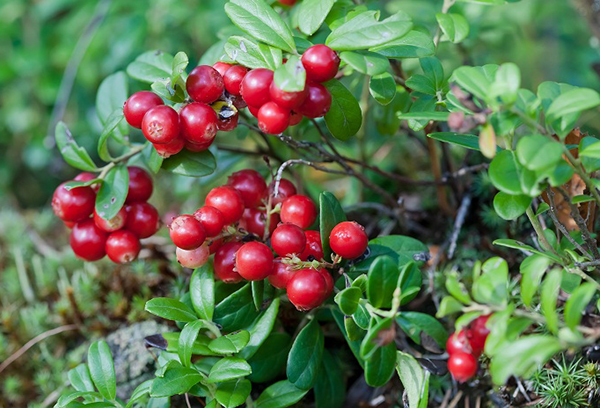
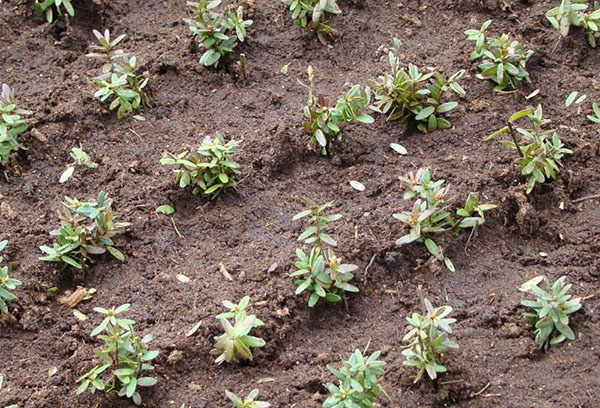
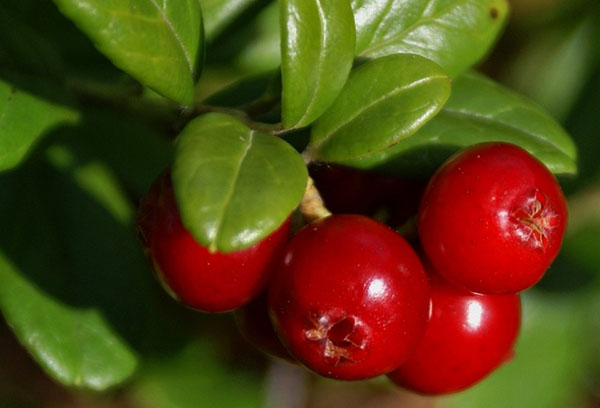
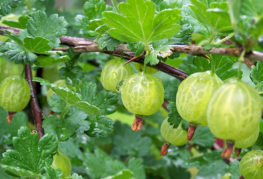
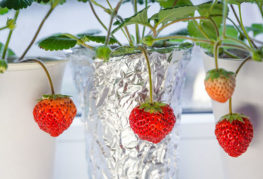
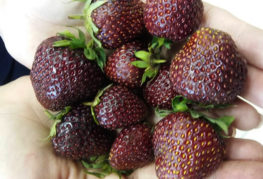
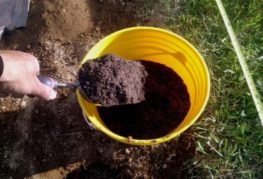
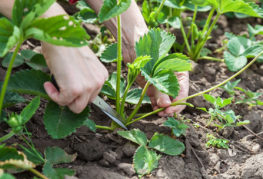
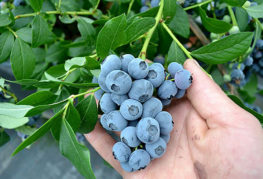
and will be published shortly.